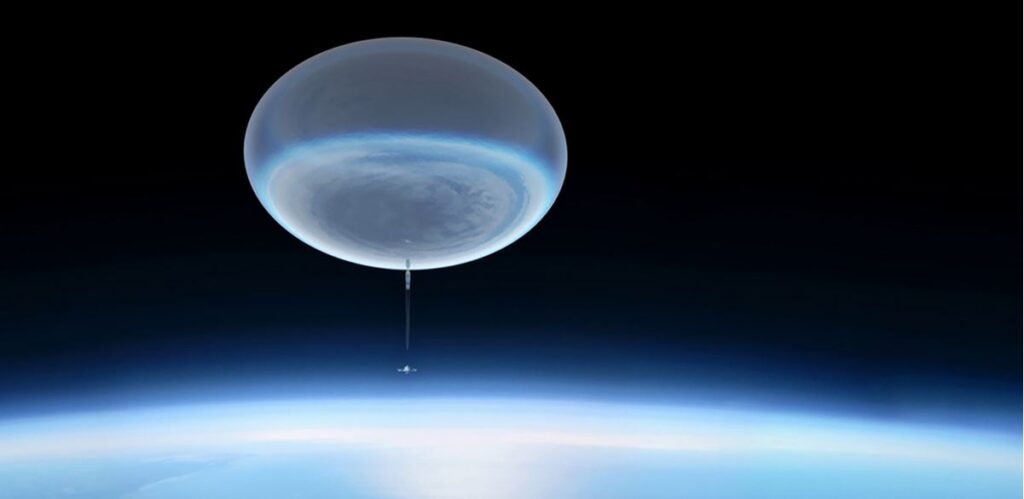The American agency plans to bring the ASTHROS telescope up to 40 km high with a balloon the size of a football stadium
Space development and the study of the stars is undergoing a strong acceleration in recent years thanks to private companies such as Space X. NASA is no less and tries to renew itself by providing new means for astronomical scientific studies. One of the telescopes that is producing the American agency is ASTHROS, which stands for Astrophysics Stratospheric Telescope for High Spectral Resolution Observations at Submillimeter-wavelengths. The telescope will operate in the infrared spectrum, frequencies not accessible from the surface because they are blocked by the Earth’s atmosphere.
You might be also intrested in -> NASA launches the probe Perseverance to search for signs of life on Mars
The great novelty is not the type of instrument but the method by which engineers will take it into the high stratosphere. The telescope will be attached to a balloon that, once expanded to his maximum size, will have the incredible diameter of a football stadium (about 150 m). The balloon will be able to transport the instrument up to a height of 40 km, a distance 4 times greater than the travel distance of airliners, but still about halfway between the Earth surface and open space. The telescope will be launched from a base in Antarctica and, after 21-28 days, will return to the surface with the help of the parachutes.
You might be also intrested in -> NASA needs your help to drive Curiosity on Mars
The method, according to those responsible for the project, is more risky than a rocket launch but much cheaper. “With ASTHROS, we’re aiming to do astrophysics observations that have never been attempted before. The mission will pave the way for future space missions by testing new technologies and providing training for the next generation of engineers and scientists“, says Jose Siles, a project manager for ASTHROS. The project, if there are no impediments, is scheduled to launch ASTHROS in December 2013.
